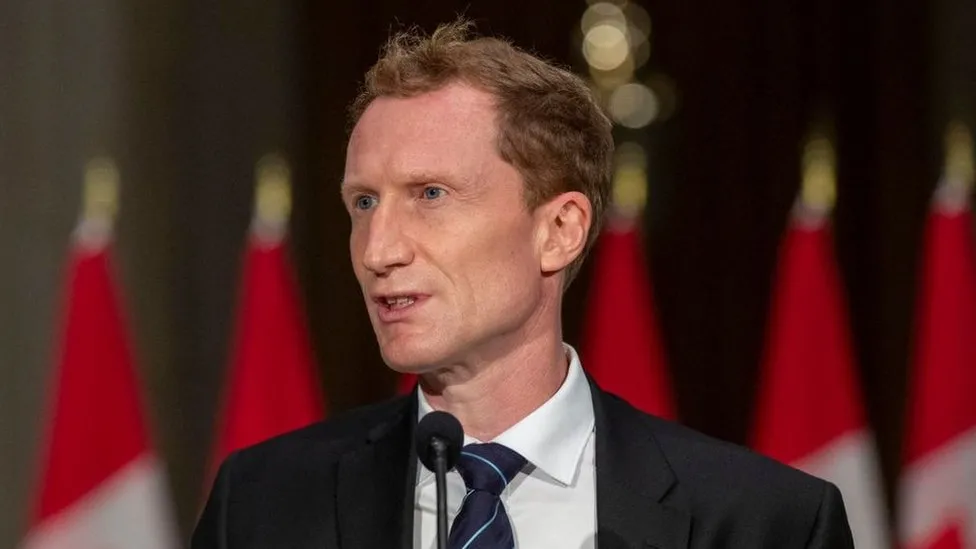The Canadian government is planning to put a cap on the number of international students living in Canada, emphasising the financial capability of the immigrants as a reason.
Canadian Immigration Minister, Marc Miller, disclosed this during CTV’s Question Period with the host Vassy Kapelos on Sunday.
Miller said the Canadian government would look at the possibility of this development in the next few months, but declined on the number of reductions.
He said there is a conversation the government will need to have with provincial governments “to make sure that the provinces that have not been doing their jobs actually rein in those numbers on a pure volume basis.”
“That volume is disconcerting,” Miller said, in reference to the number of international students in Canada. “It’s really a system that has gotten out of control.”
According to reports, the Canadian government has faced criticism for welcoming an increasing number of immigrants – both permanent and temporary residents – while the country battled an acute housing shortage.
Meanwhile, new reporting by The Canadian Press – citing internal documents received through an access to information request – shows the federal government was warned by public servants two years ago that its ambitious immigration targets could jeopardize housing affordability.
The Liberals have set targets aiming to bring in 485,000 immigrants this year, and 500,000 in both 2025 and 2026.
Temporary residents, largely comprised of international students and migrant workers, are another part of the equation, with more than 300,000 of them arriving in Canada in just the third quarter of last year.
Miller said he will be looking in both the first and second quarter of this year at possibly setting a cap on international students to help reduce the demand for housing.
When asked why his government is only considering a cap now, when the idea of one has been floated for months, Miller said there’s a need to sort out numbers on a federal level before looking with “a little more granularity” at what individual academic institutions are doing in different provinces, possibly profiting off bringing in more international students.
“We need to be doing our jobs and making sure that we have a system that actually makes sure people have a financial capability to come to Canada, that we’re actually verifying offer letters,” Miller said.
“And now it’s time for us to have a conversation about volumes and the impact that that is having in certain areas.”
A cap on international students would not be a “one-size-fits-all solution” to housing shortages across Canada, Miller noted.
When pressed further on the number of international students coming to Canada far outpacing the number of homes the federal government has announced it’s planning to help build, Miller also said housing is only part of the calculation when it comes to immigration targets.
The pressing need to bring down the average age of the workforce also needs to be taken into consideration, he said.
And while he wouldn’t give specifics, Miller said a cap on international students is something the federal government is considering, “and will continue to consider.”
“We have a sense of what those numbers would look like, what the reduction of those numbers look like, out of courtesy to my colleagues in the provinces, those are discussions that we’re first going to have around the negotiating table,” he said.


